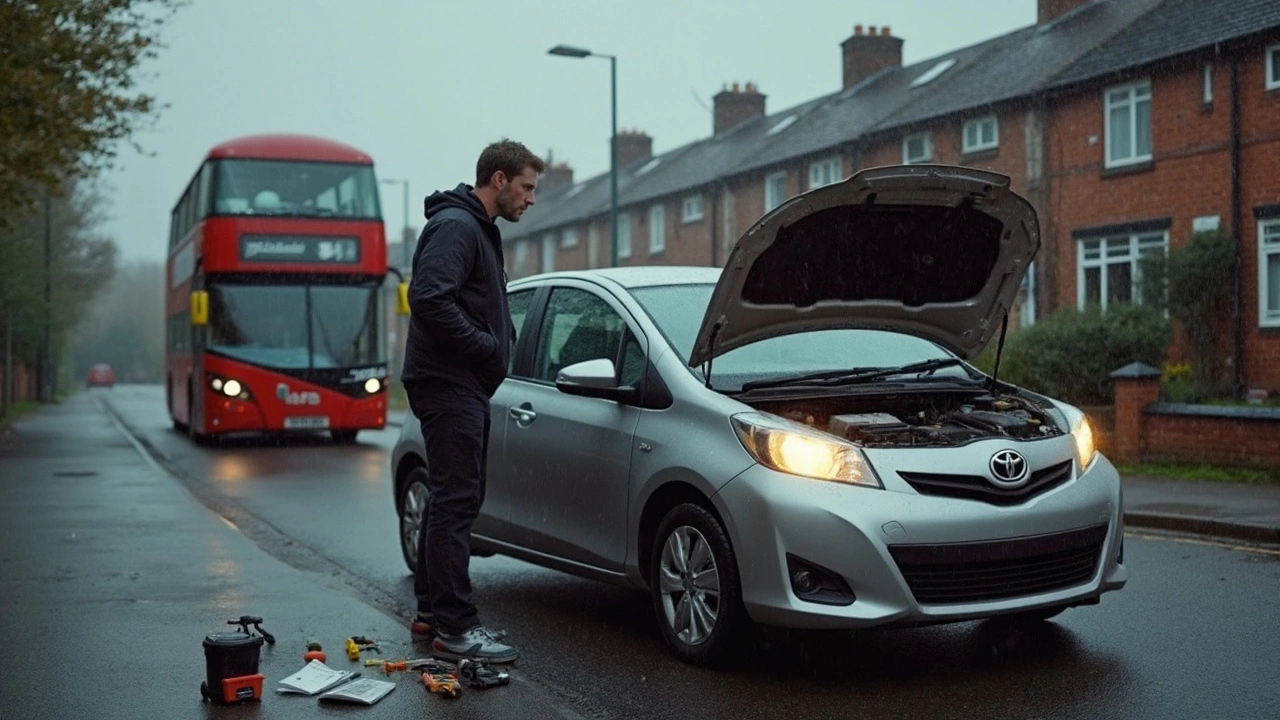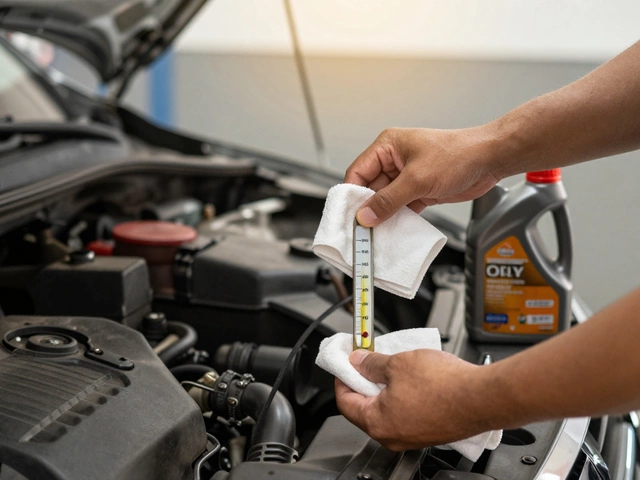Fuel Pump Problems: Signs, Fixes, and What You Need to Know
When your car sputters, stalls, or won’t start—especially after sitting for a while—it’s often not the battery, not the spark plugs, but the fuel pump, a critical component that delivers gasoline from the tank to the engine under pressure. Also known as a fuel delivery pump, it’s the silent workhorse keeping your engine running. If it fails, your car doesn’t just lose power—it stops dead. Unlike a battery that gives warning lights or a spark plug that causes misfires, a bad fuel pump often acts up quietly. No check engine light. No obvious smoke. Just a car that won’t turn over when you need it most.
That’s why knowing the fuel pump symptoms matters. You might hear a whining noise from the back of the car when you turn the key. Or maybe it starts fine in the morning but dies on the highway after 20 minutes. Maybe it struggles to accelerate uphill, or the engine hesitates when you press the gas. These aren’t just random glitches—they’re signs the fuel pump is losing pressure or failing to deliver enough gas. And yes, a failing fuel pump can trigger a diagnostic code, but not always. That’s why DIY checks and real-world symptoms matter more than just reading a code. Related to this, the fuel system, the entire network of lines, filters, and injectors that move fuel from tank to engine can mask fuel pump issues. A clogged filter or dirty injector might look like a bad pump, but the real problem is simpler—and cheaper—to fix. That’s why knowing the difference is key.
And here’s something most people don’t realize: you don’t always need an empty tank to replace a fuel pump. In fact, many mechanics prefer working with a half-full tank to reduce fumes and make access easier. But if you’re doing it yourself, safety comes first. Fuel vapors are dangerous. Tools matter. And knowing whether to replace the whole unit or just the filter inside it can save you hundreds. The fuel pump replacement, the process of removing and installing a new fuel delivery unit, typically inside the fuel tank isn’t a weekend job for everyone—but it’s doable with the right guide. That’s why the posts below cover everything from how to test your pump with a simple multimeter, to what to do when your car won’t start and you need a temporary fix, to whether a bad pump will actually turn on your check engine light.
What you’ll find here isn’t theory. It’s real advice from people who’ve been stranded, tried the quick fixes, and learned the hard way. Whether you’re trying to decide if it’s worth replacing the pump yourself or just want to know if that weird noise is serious, the articles below give you the facts—no fluff, no upsells, just what you need to know before you head to the garage or reach for your tools.








